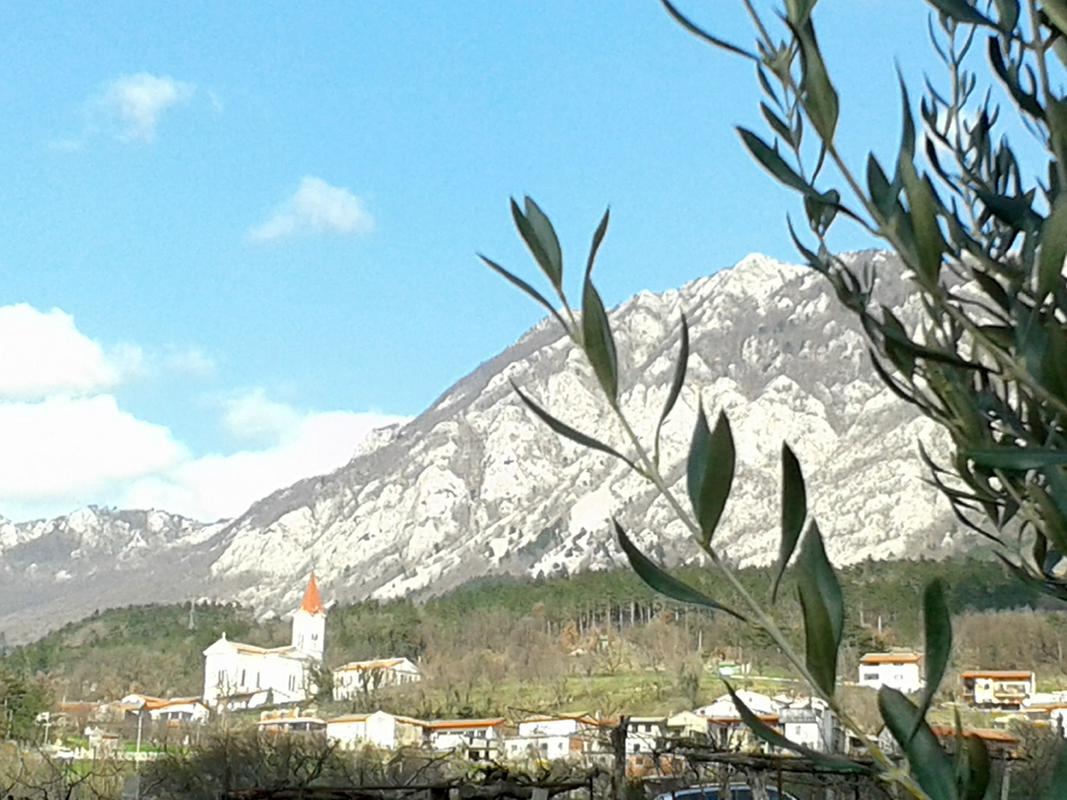
Olive growing in Slovenia’s Littoral (Primorska) region has a long history. However, after years of neglect, Slovenian olive oil is only now being recognized internationally for its excellence.
Even in Roman times, olive growing was widespread in what is now southwestern Slovenia. Olive oil was one of the most important traditional products of the area, and by the 19th century, almost every village in Slovenian Istria had an olive press. In the 20th century, however, various factors led to a decline in olive oil production. Industrialization resulted in a decline in rural population, and a series of frosts substantially reduced the number of olive trees.
After World War II, the Communist authorities did establish several olive-growing cooperatives, but the production of olive oil was never considered a priority. The production of sunflower oil was considered more important, and Slovenian olive oil became a rare commodity.
As late as in 2006, an otherwise comprehensive Dorling-Kindersley guide to olive oil essentially ignored Slovenian oil, merely noting that Slovenian supermarkets were full of imported varieties. The book was right; for years, Slovenian shoppers could choose between Spanish, Italian, and Greek olive oil, but Slovenian oil was difficult to obtain.
But even as the book hit the shelves, change was underway among Slovenia’s olive groves. An increasing realization of the quality of Slovenian oil has led many producers to begin marketing small quantities of top-notch olive oil. The results soon began to pay off. Slovenian olive growers soon started to receive awards at international olive oil exhibitions, such as the prestigious SOL fair in Verona, Italy. Since Slovenia’s olive groves are among the most northerly in Europe, the country olive oil is known for its strong taste, which soon became highly prized among connoisseurs.
In the wake of the enthusiastic international reception, Slovenian olive growers began to increase the production of oil. The growth was also encouraged by changing trends in Slovenian cooking, with a renewed popularity of Mediterranean dishes and products from the Slovenian countryside. In recent years, new olive groves have even begun to appear in the northerly Goriška Brda region, where they were previously exceedingly rare.
Slovenian olive oil is still less common than imported varieties, and because it’s produced in limited quantities, it often carries a higher price tag. However, it’s very poplar among many Slovenian consumers, who prize it not just for its quality but are also determined to support a product that has shaped the culture and the history of southwestern Slovenia.

































































